Photos: Drilling into Antarctic Subglacial Lake Mercer
Extreme Erth
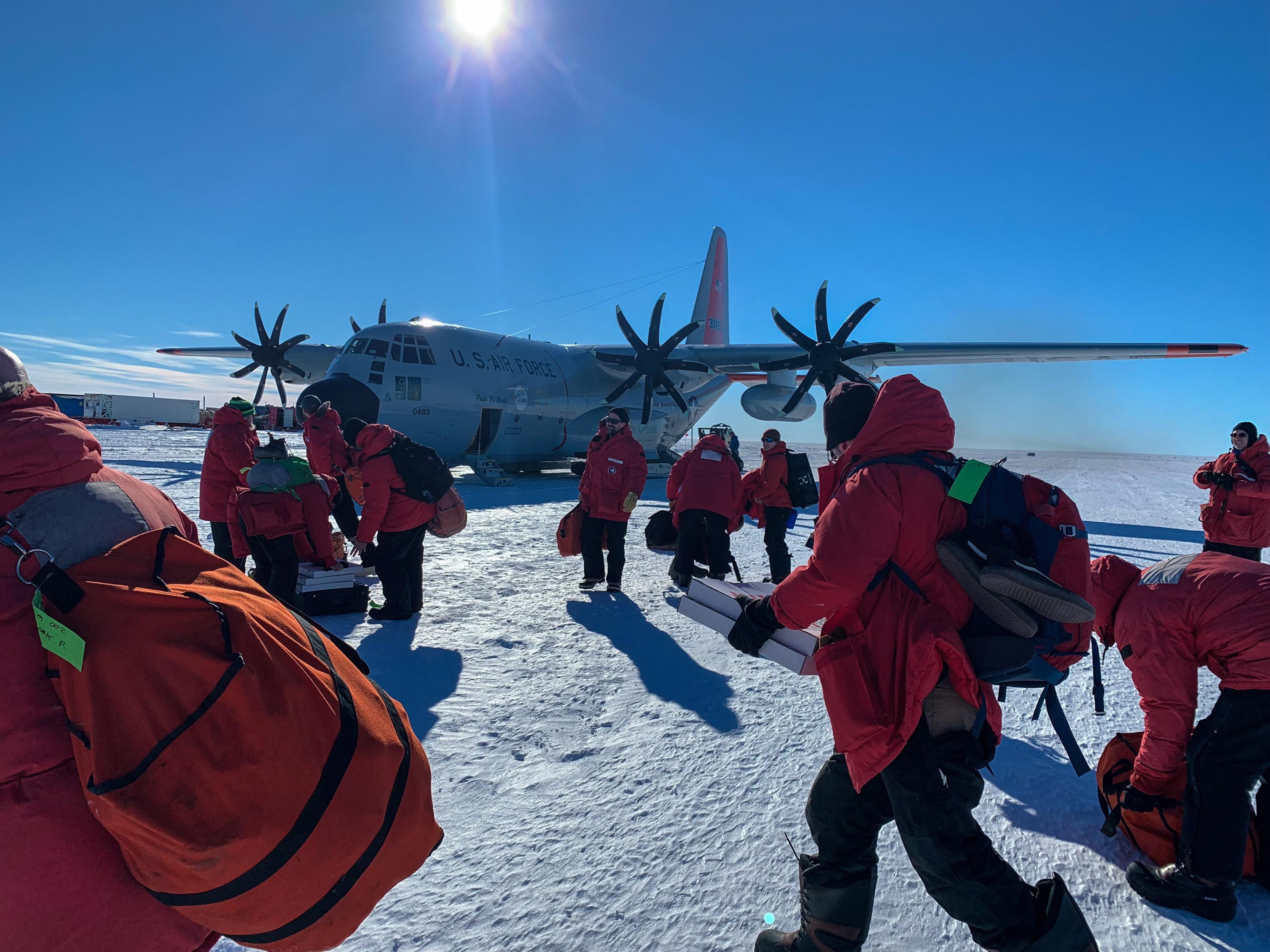
The team of scientific researchers and technicians flew into their camp on the West Antarctic ice sheet above subglacial Lake Mercer in mid-December.
The expedition included one planeload and several snow-tractor loads of equipment that would be used to drill down to the subglacial lake, more than 3,500 feet (1068 m) below the surface. [Read more about the Lake Mercer expedition]
Quick drill?
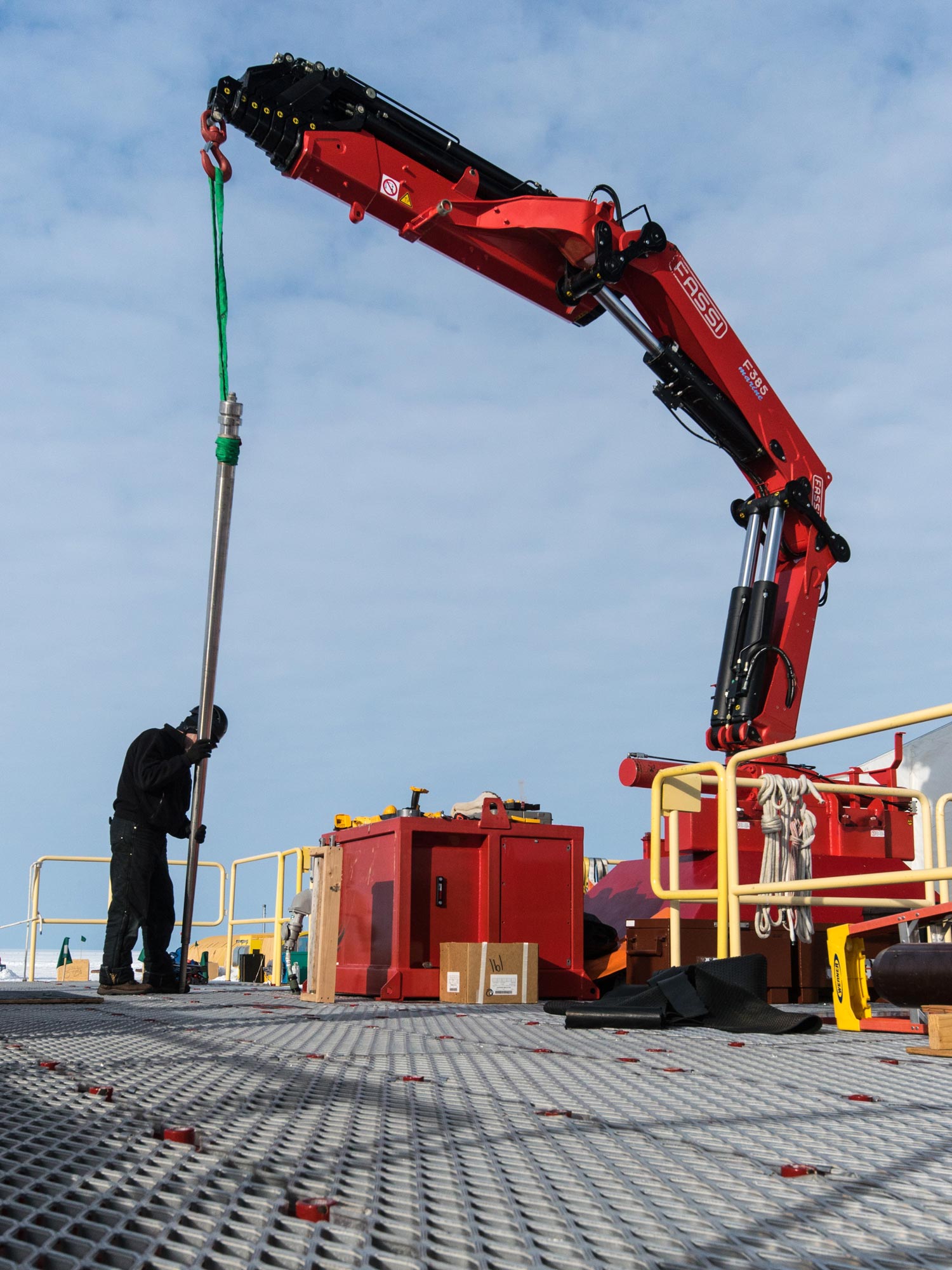
The expedition used hot-water drilling equipment to bore a hole through the ice sheet to the subglacial lake.
The drill team reached the lake faster than expected on Dec. 26, 2018, three days after they began drilling.
Tough expedition
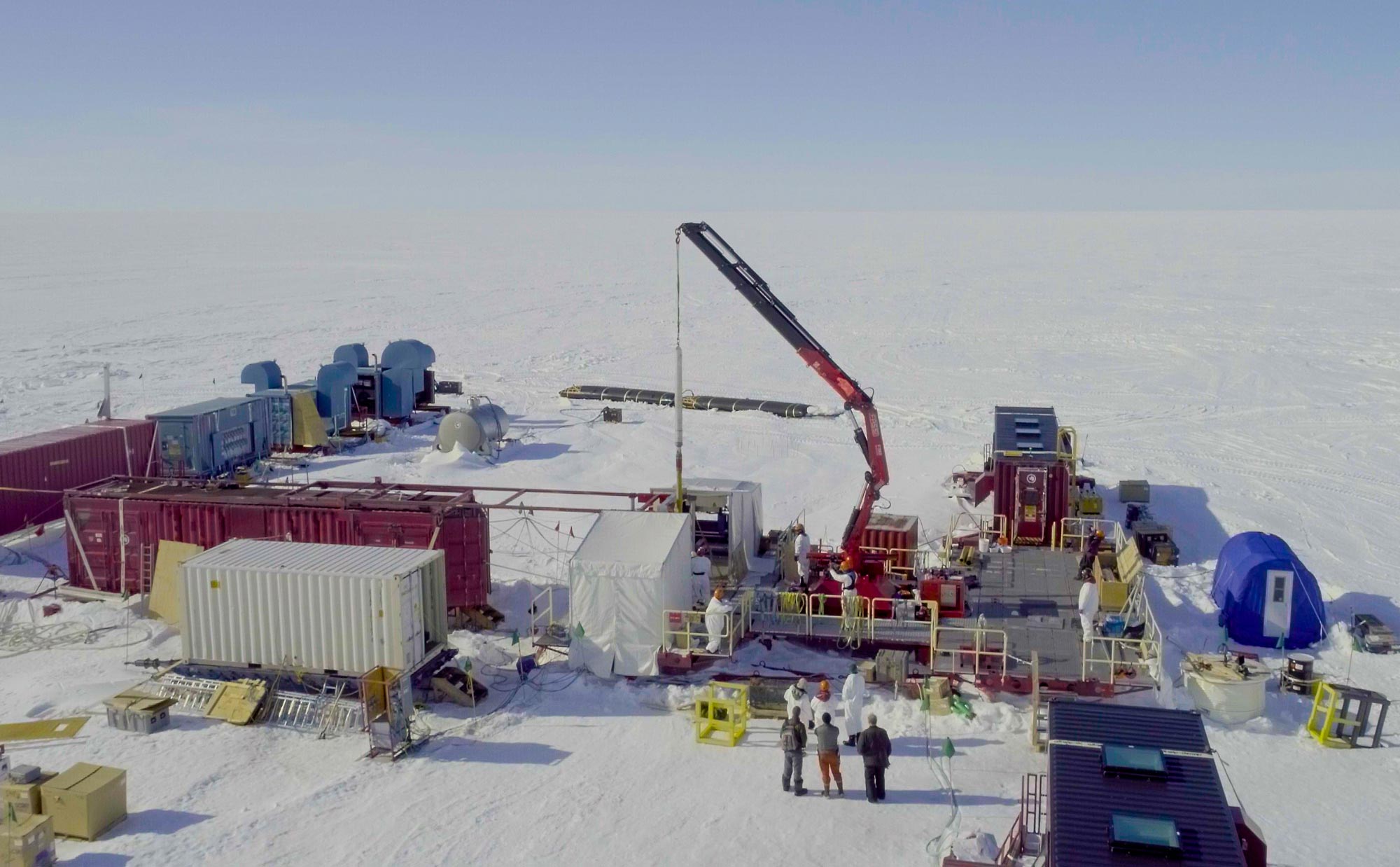
The purpose of the expedition was to retrieve ice cores, water samples and sediment samples from the floor of the buried lake.
Equipment problems meant the ice cores had to be abandoned, but the expedition was able to achieve the harder tasks of sampling the lake water and taking sediment cores from the lake floor.
Icy borehole
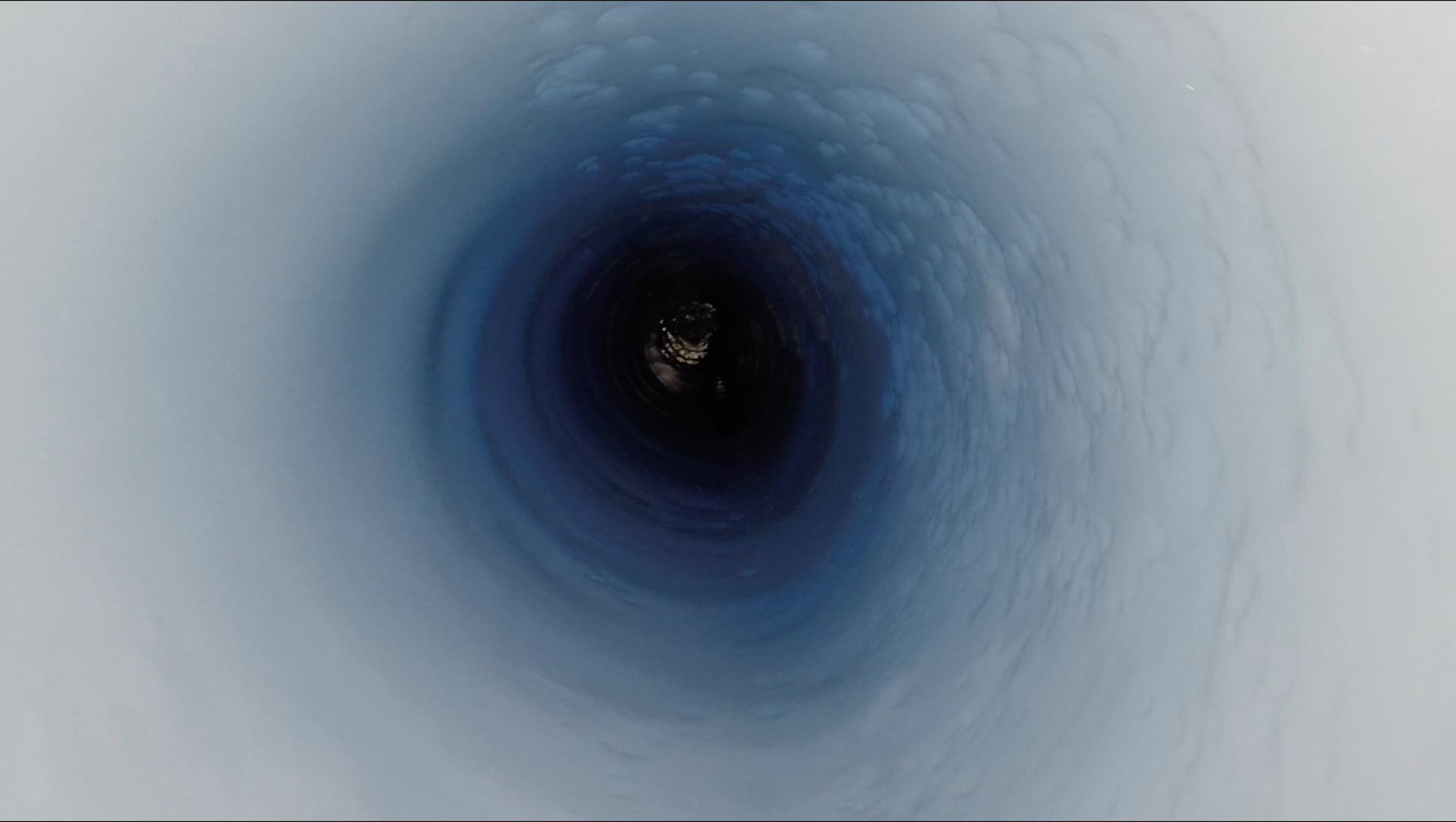
The drill team reached the unfrozen waters of subglacial Lake Mercer at more than 3,500 feet (1,068 m) below the surface of the ice sheet.
The waters of the lake are a fraction of a degree above the freezing point and about 49 feet (15 m) deep.
Lots of hidden lakes
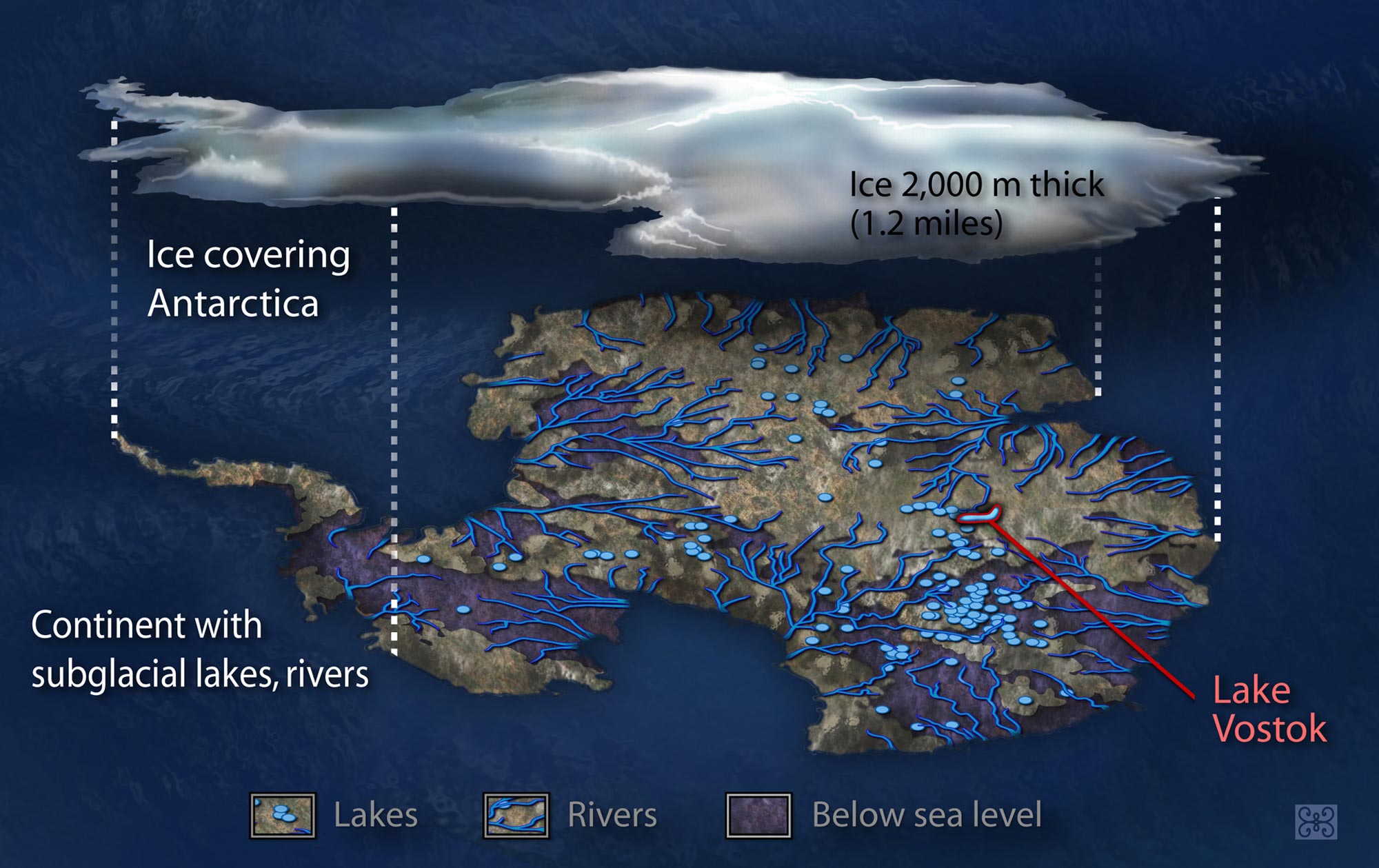
Lake Mercer is one of about 400 subglacial lakes of liquid water that have been identified throughout Antarctica, at the boundary of the ice and underlying rocks.
Lake Mercer empties by underground rivers into the region of the Ross Ice Shelf in West Antarctica.
The largest is Lake Vostock, in East Antarctica, which lies below more than 13,100 feet (4,000 m) of ice and is about 3,280 feet (1,000 m) deep.
West Antarctic ice sheet
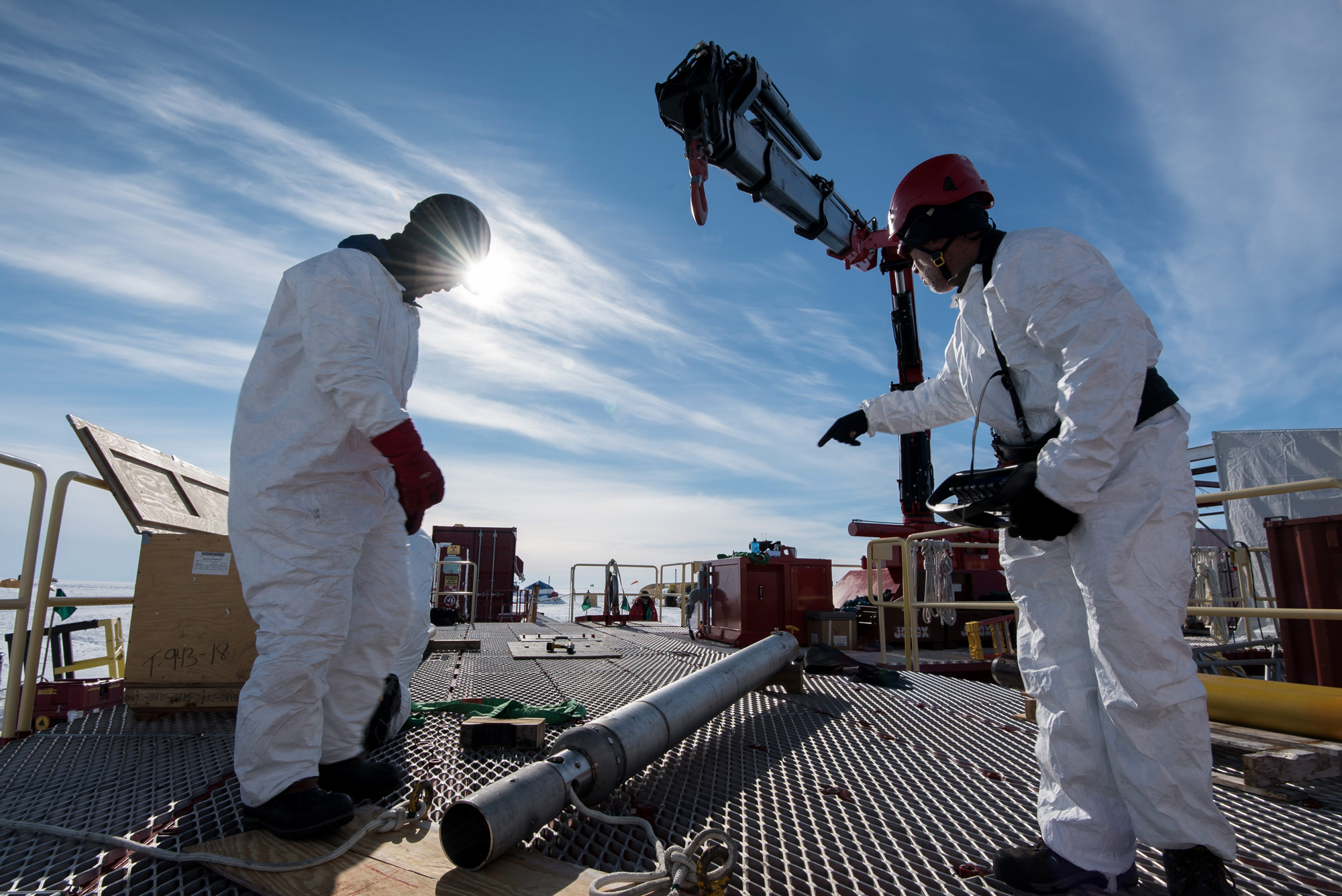
Scientists hope that by learning more about the hidden environment of Lake Mercer, they will learn more about the history and activity of the West Antarctic ice sheet.
The researchers have also discovered that the deep, dark waters of subglacial Lake Mercer are teeming with bacterial life.
Sediment core
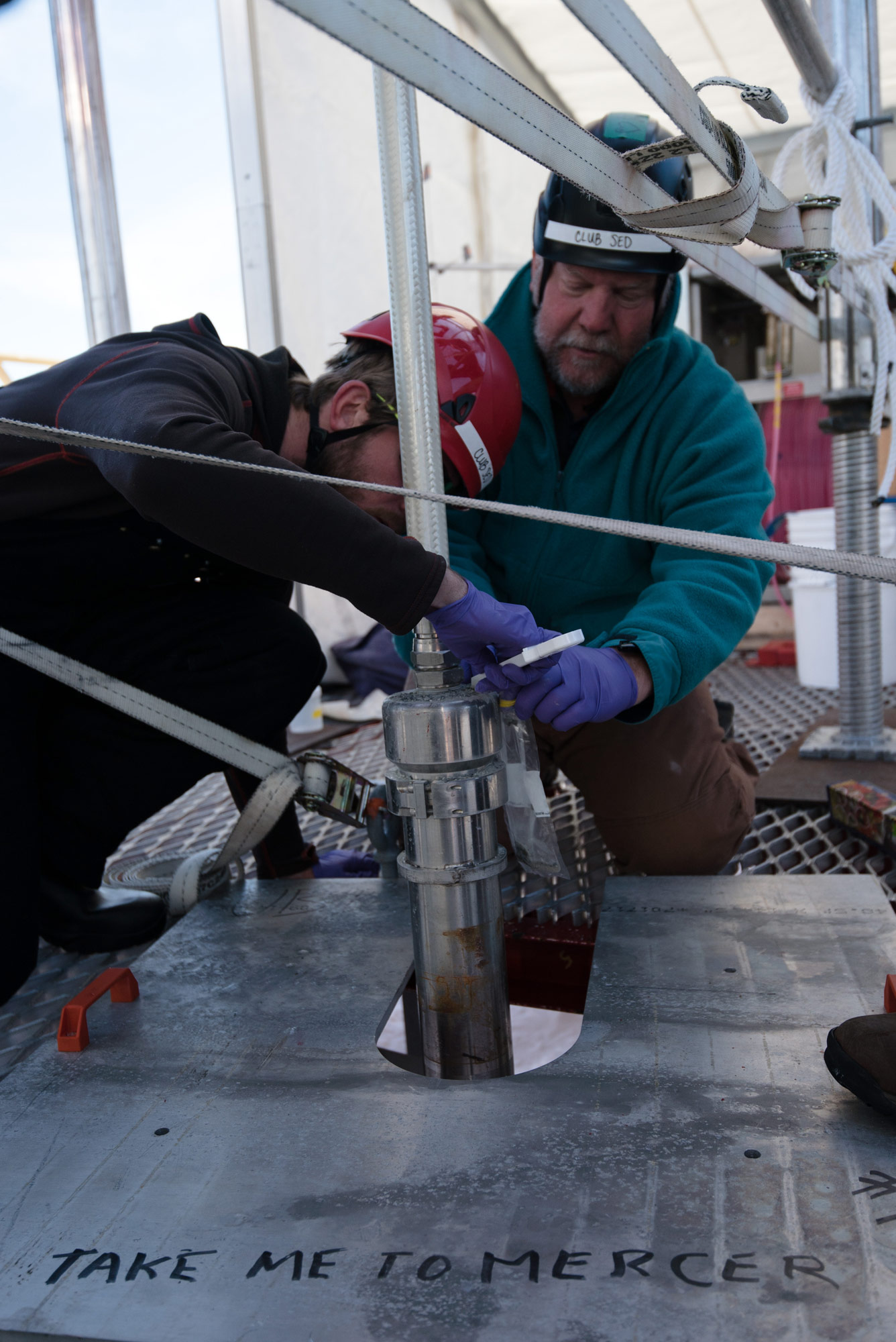
As well as taking water samples from the lake deep under the ice, the researchers also took mineral samples and a sediment core from the frozen lake floor — the deepest sediment core ever taken in West Antarctica.
The call will be examined for clues to the geological activity of subglacial Lake Mercer and the West Antarctic ice sheet, as well as for the fossilized remains of microscopic life.
Sign up for the Live Science daily newsletter now
Get the world’s most fascinating discoveries delivered straight to your inbox.
Tent life
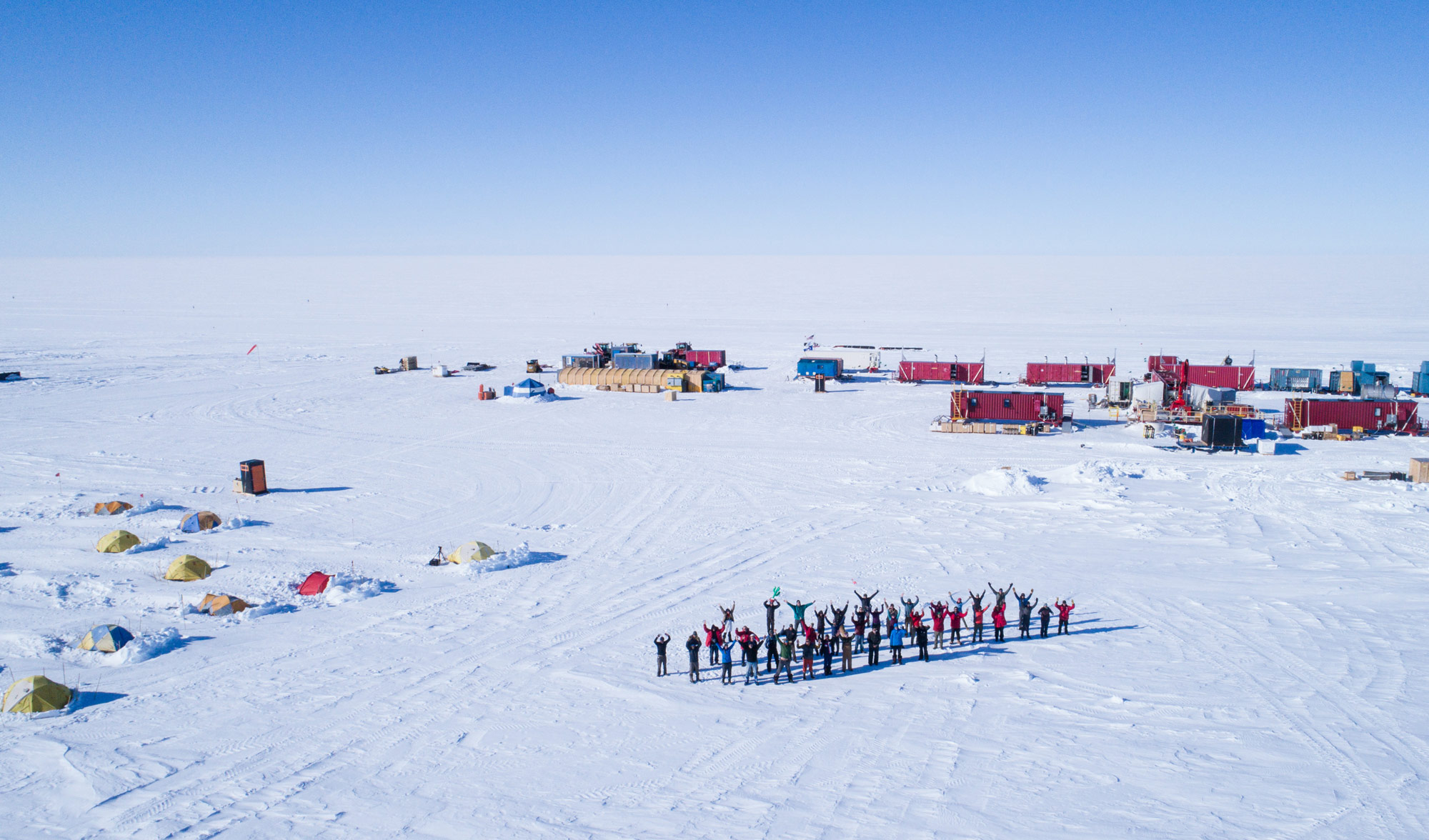
Members of the scientific and technical team spent up to 5 weeks this southern summer on the West Antarctic ice sheet above subglacial Lake Mercer.
The borehole to Lake Mercer, deep in the ice, was open to the scientific researchers for about 10 days, until early January 2019.
Far-Reaching effort
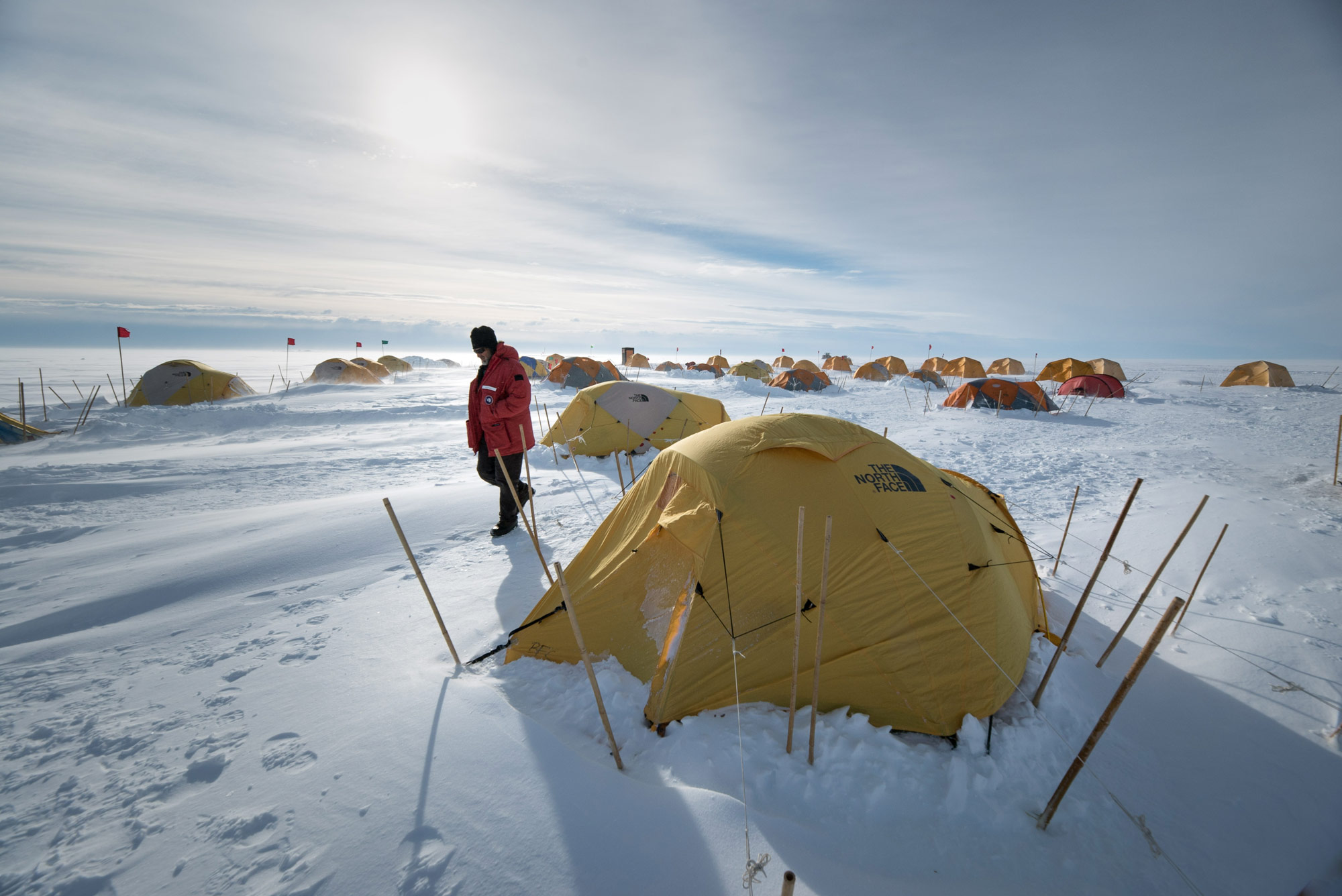
About 25 scientists and technicians from 11 different academic institutions in the United States took part in the latest expedition to subglacial Lake Mercer — a scientific effort costing tens of millions of dollars.
The expedition has taken more than three years to organize, and was funded by the U.S. National Science Foundation’s Office of Polar Programs.
Tom Metcalfe is a freelance journalist and regular Live Science contributor who is based in London in the United Kingdom. Tom writes mainly about science, space, archaeology, the Earth and the oceans. He has also written for the BBC, NBC News, National Geographic, Scientific American, Air & Space, and many others.









